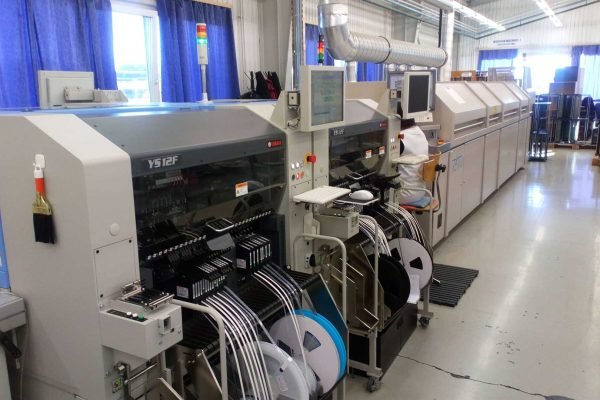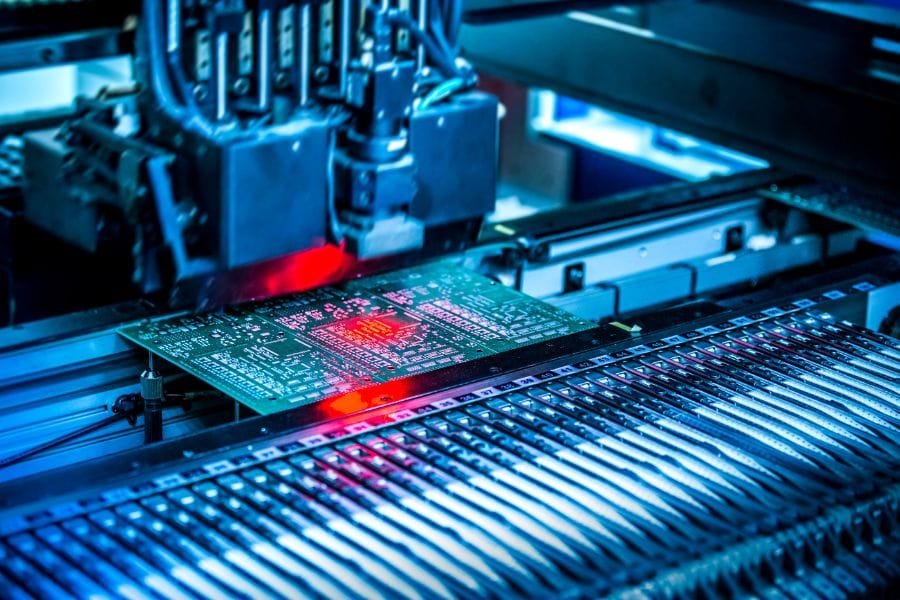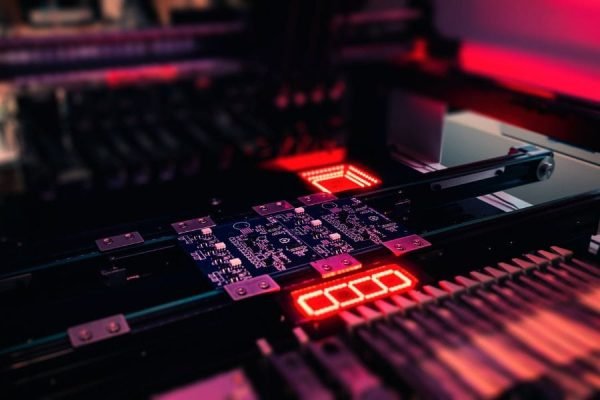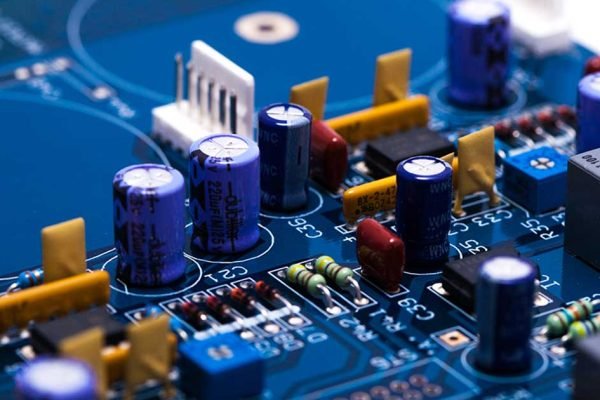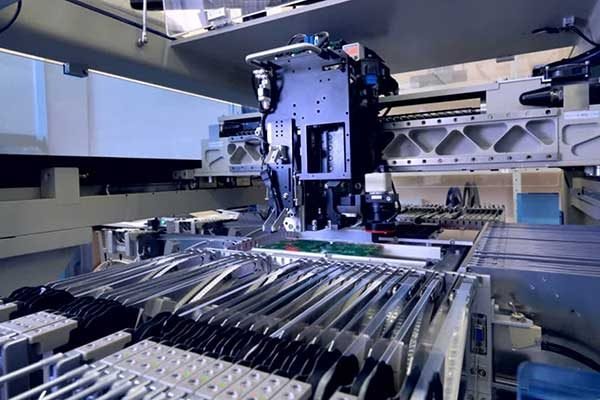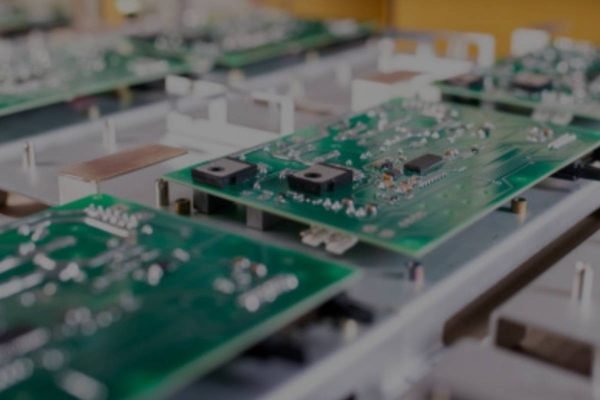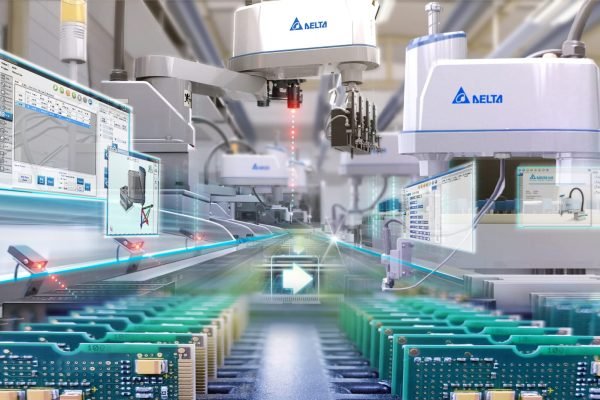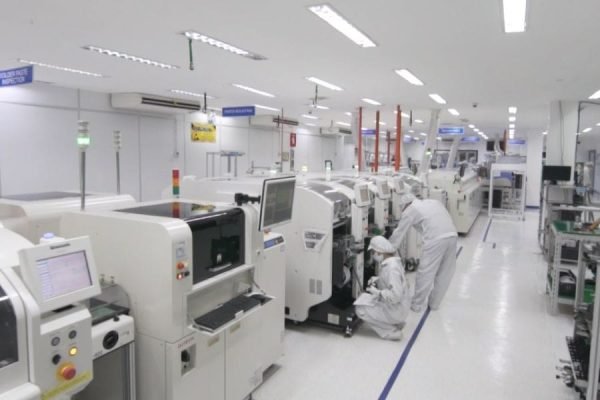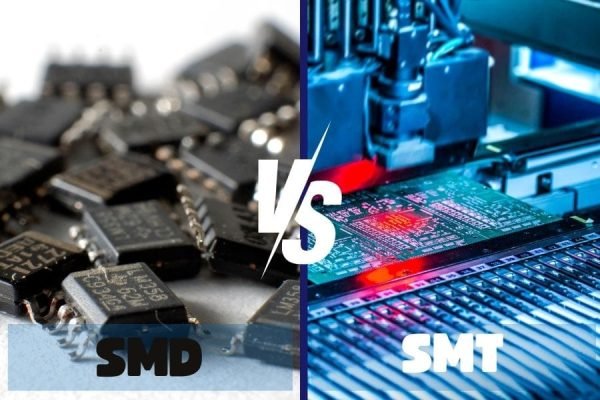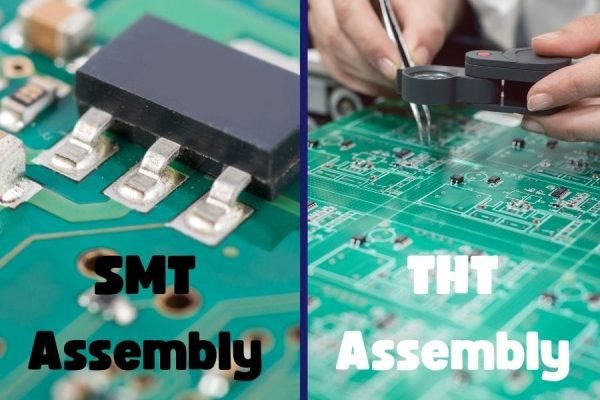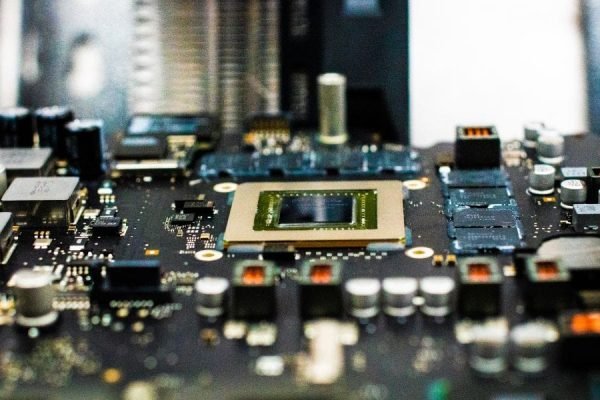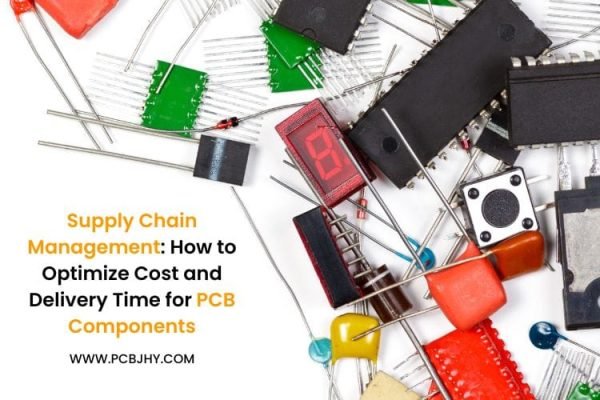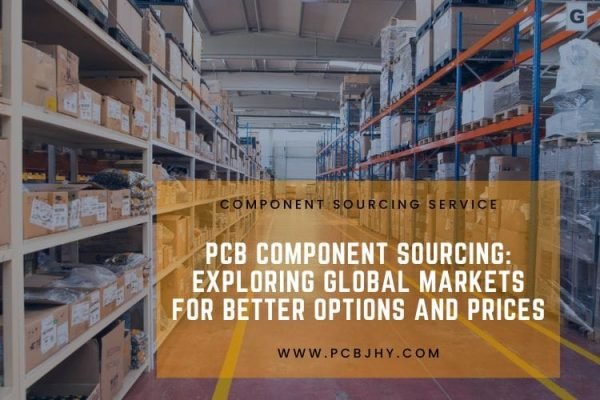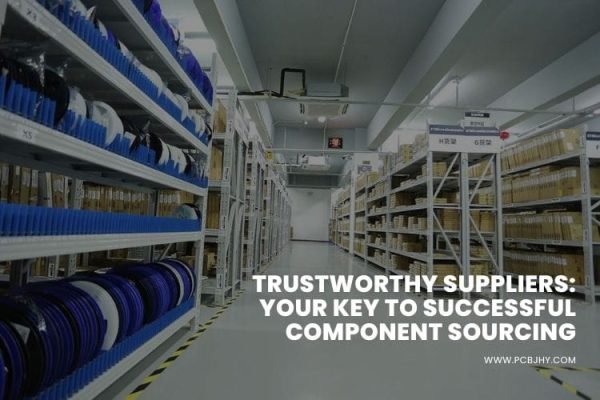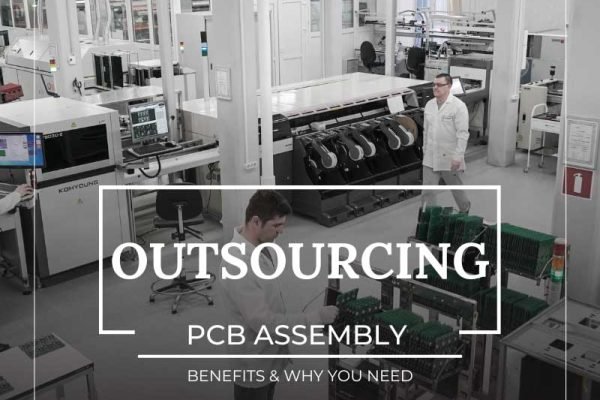PCB Electronic Manufacturing Services
Component Sourcing Service
Our team of sourcing specialists work around the clock to locate hard-to-find components.
JHYPCB - Your Reliable Component Sourcing Supplier
At JHYPCB, we’re proud to offer more than just PCB fabrication services. We’re a one-stop shop for all your PCB assembly needs, providing a comprehensive range of services that includes PCB design and layout, component sourcing, PCB manufacturing, PCB assembly, and testing – all under one roof.
We understand that finding the right components can be challenging, particularly if you’re looking for difficult-to-locate or obsolete parts. That’s why we have a team of experienced component sourcing engineers who are dedicated to finding the best solutions for your project. Our engineers are experts in selecting cross-referenced and substitute parts and will work with you to find suitable alternatives if the original parts are not available.
Whether you need help sourcing hard-to-buy parts or require assistance with any other aspect of your PCB assembly project, JHYPCB has the expertise and resources to help. We take pride in offering exceptional service and support throughout the entire process, ensuring that your project is completed on time and within budget.
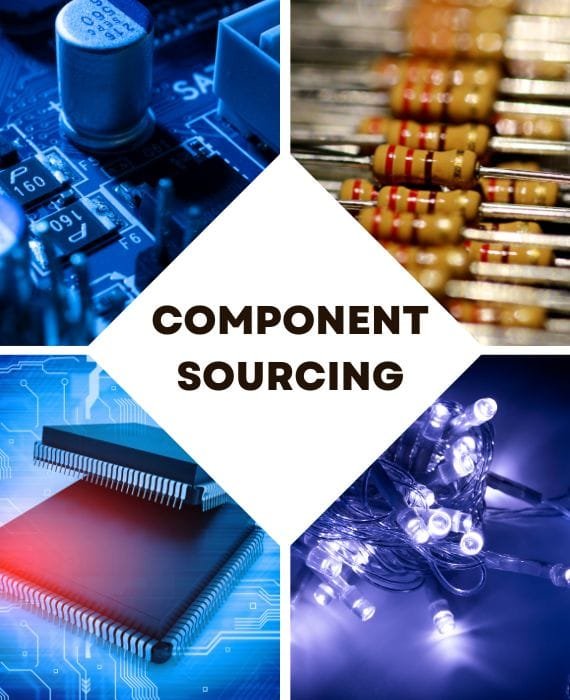
JHYPCB's Comprehensive Electronic Component Sourcing Service
JHYPCB’s Electronic Component Procurement Service is a comprehensive service that offers an all-in-one solution for electronic component procurement, including sourcing, purchasing, inspection, and delivery. We understand the importance of quality, cost control, and supply chain management in the electronics manufacturing industry. Our experienced procurement team works with trusted suppliers to source high-quality components at competitive prices to ensure that your PCB assembly projects are completed on time and within budget.
At JHYPCB, we believe that our electronic component procurement service is a critical component of our overall PCB assembly service. We have established long-standing partnerships with reputable suppliers and manufacturers to ensure that we can deliver high-quality components that meet or exceed the specifications required for each project.
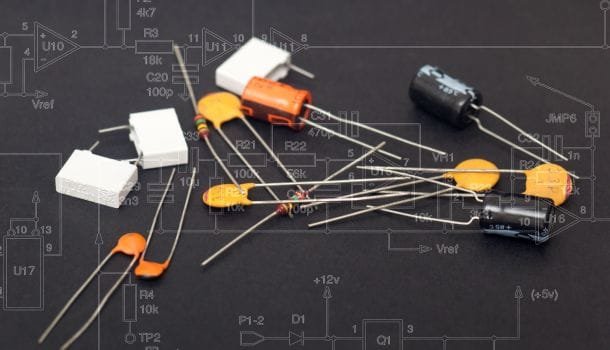
Our electronic component procurement process includes several stages, including quoting, ordering, procurement, inspection, and delivery. With this approach, we can provide a seamless, end-to-end solution for our customers’ electronic component needs.
We take pride in providing exceptional customer service, and we are committed to ensuring that our customers receive the highest level of quality and support throughout the entire procurement process. Whether you need assistance with sourcing hard-to-find components or require bulk purchases, we have the expertise and resources to help you get the job done right.
Our Electronic Component Sourcing Process
Our electronic component procurement process is designed to provide our customers with a hassle-free and reliable solution. Here’s a breakdown of the process:
Quoting: Our procurement team will review your BOM (Bill of Materials) and provide a detailed quote for the required components.
Ordering: Upon receiving your approval on the quote, we will place orders with our trusted suppliers and manufacturers.
Procurement: We work closely with our suppliers to ensure they deliver the components on time and that all quality requirements are met.
Inspection: Before any components are used in production, our inspection team thoroughly examines them to ensure that they meet our quality standards.
Delivery: Once all components pass inspection, we deliver them directly to our assembly lines.
Our electronic component procurement service provides numerous benefits to our customers. We take care of all aspects of component sourcing, purchasing, inspection and delivery, allowing you to focus on your core competencies. Additionally, we have a technical team available to offer expert advice on component selection and substitution, ensuring that your project meets all necessary specifications at an optimal cost.
At JHYPCB, we understand that trust is critical when it comes to choosing a partner for your electronic component procurement needs. That’s why we work only with suppliers and manufacturers that we have established relationships with over many years, and who share our commitment to quality and reliability.
What Makes Us Different?
At JHYPCB, we pride ourselves on providing exceptional customer service and support throughout the entire procurement process. Whether you need assistance with sourcing hard-to-find components, require bulk purchases, or have any other questions or concerns, we’re here to help.

Cost control
We leverage our relationships with suppliers to negotiate competitive pricing, and we carefully manage our procurement process to minimize waste and reduce costs.

Efficient service
Our streamlined procurement process ensures that your components are delivered on time and within budget. We also offer expedited services for urgent projects.

Quality assurance
We work with trusted suppliers and manufacturers to ensure that all components meet or exceed industry standards for quality and reliability. Our inspection team performs stringent testing on each component to verify its functionality and longevity.

Supply chain management
Our experienced procurement team has an in-depth understanding of the global electronic component market and can help you navigate the complexities of supply chain management, including lead times, part obsolescence, and material shortages.
In addition to these benefits, by choosing JHYPCB’s electronic component procurement service, you can also take advantage of our extensive experience in the electronics manufacturing industry. We have completed countless PCB assembly projects over the years and have developed a deep understanding of the unique requirements of various industries and applications. Our technical team is available to provide expert advice on component selection and substitution, ensuring that your project meets all necessary specifications at an optimal cost.
how to get started?
If you’re interested in using JHYPCB’s electronic component procurement service, here’s how to get started:
Contact us: Reach out to our sales team to discuss your specific requirements and receive a detailed quote for your project.
Submit your BOM: Once you receive the quote and are satisfied with the pricing, send us your bill of materials (BOM) for review.
Procurement: Our procurement team will work closely with our trusted suppliers to source and purchase the required components.
Inspection: Before we use any components in production, our inspection team performs stringent testing to ensure they meet our quality standards.
Delivery: After passing inspection, we deliver the components directly to our assembly lines, ready for use.
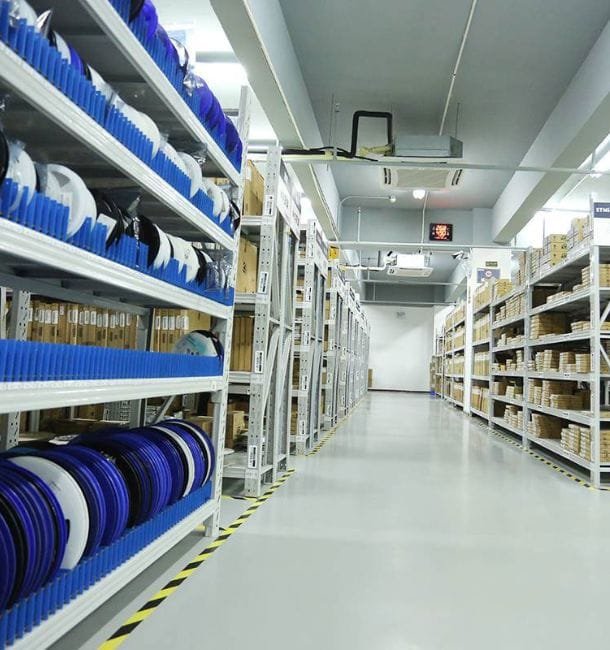
It’s important to note that we offer flexible solutions to meet your unique needs. Whether you require assistance with sourcing hard-to-find components, need help navigating the complexities of supply chain management, or require bulk purchases, we have the expertise and resources to help you succeed.
We understand that every project is unique, and we will work closely with you to develop a customized solution that meets your exact requirements. Our technical team is available to provide expert advice on component selection and substitution, ensuring that your project meets all necessary specifications at an optimal cost.
When you choose JHYPCB’s electronic component procurement service, you’re choosing a partner who is committed to delivering high-quality components on time and within budget. We take pride in providing exceptional customer service and support throughout the entire procurement process, and we look forward to working with you on your next project.
FAQs about electronic component Sourcing service
Table of Content
- What is PCB Component Sourcing?
- Why do I need electronic component procurement services?
- Are the components sourced by JHYPCB reliable?
- How is the price for electronic component procurement calculated?
- How long does the procurement process take?
- Can I provide my own components for assembly?
- What payment methods do you accept?
- What if I require specific certifications for my components?
- Do you offer expedited services for urgent projects?
- How do you ensure that the components you source meet my project's specifications?
- What happens if a component is out of stock or unavailable?
- Can I track my order through the procurement process?
- Do you offer a warranty on the components you procure?
- Can I request samples of components before placing an order?
- What are the common electronic components used in electronics engineering?
- What are Active Components?
- What are Passive Components?
- How to Source Electronic Components?
- What are the top PCB component distributors worldwide?
- What are the advantages and disadvantages of sourcing components from PCB manufacturers?
- What are the common types of electronic component packaging for inventory management?
- How to Get the Best Price While Sourcing PCB Components?
- What is the Minimum Order Quantity for PCB Component Sourcing?
What is PCB Component Sourcing?
PCB component sourcing is the process of finding and procuring electronic components required for PCB assembly. It involves identifying the right components, selecting suppliers, negotiating costs, and ensuring that all components meet or exceed industry standards for quality and reliability. Effective PCB component sourcing is key to the success of any PCB assembly project, as it ensures that all components are available on-time, within budget, and meet the required specifications.
Why do I need electronic component procurement services?
Electronic component procurement can be a complex and time-consuming process, particularly for businesses that lack the necessary resources or expertise. By outsourcing your procurement needs to JHYPCB, you can save time, reduce costs, and ensure high-quality components that meet all necessary specifications.
Are the components sourced by JHYPCB reliable?
Yes, we work only with trusted suppliers and manufacturers who share our commitment to quality and reliability. Additionally, our inspection team performs rigorous testing on each component to verify its functionality and longevity before it is used in production.
How is the price for electronic component procurement calculated?
The cost of electronic component procurement depends on several factors, including the volume of components required, lead times, and complexity of the project. Our procurement team will provide a detailed quote that includes all associated costs and information on any potential savings opportunities.
How long does the procurement process take?
The timeline for electronic component procurement can vary depending on several factors, including the volume of components required and lead times. However, we work closely with our suppliers to ensure that we can deliver components in a timely manner and keep your project on schedule.
Can I provide my own components for assembly?
Yes, you can provide your own components for assembly. However, we recommend using our procurement service as it ensures that all components meet or exceed industry standards for quality and reliability. Additionally, by sourcing components through us, we can offer end-to-end production services, including inspection, testing, and delivery.
What payment methods do you accept?
We accept a variety of payment methods, including wire transfer, credit card, and PayPal. Our sales team will provide information on available payment options when providing a quote for your project.
What if I require specific certifications for my components?
If you require specific certifications for your components, such as RoHS compliance or UL certification, please let us know during the quoting process. We will work closely with our suppliers to ensure that all necessary certifications are provided.
Do you offer expedited services for urgent projects?
Yes, we offer expedited services for urgent projects. Please let us know if you require expedited services during the quoting process, and we will do our best to accommodate your needs.
How do you ensure that the components you source meet my project's specifications?
Our procurement team works closely with our technical team to ensure that all components sourced meet or exceed your project’s specifications. We conduct thorough research on each component to verify their performance and reliability. Additionally, we offer technical advice on component selection and substitution to help you optimize your project’s cost and performance.
What happens if a component is out of stock or unavailable?
If a component is out of stock or unavailable, we will work with our suppliers to find a suitable replacement that meets your project’s specifications. Our technical team will review the proposed replacement to ensure it meets your requirements before ordering.
Can I track my order through the procurement process?
Yes, you can track your order through the procurement process. Our sales team will provide you with regular updates on your order status, including when components have been ordered, received, inspected, and delivered.
Do you offer a warranty on the components you procure?
We don’t offer a direct warranty on the components we procure as they are manufactured by third-party suppliers. However, we do perform rigorous testing on each component to ensure that they meet or exceed industry standards for quality and reliability. If you encounter any issues with the components we’ve supplied, please contact our customer support team, and we’ll do our best to assist you.
Can I request samples of components before placing an order?
Yes, you can request samples of components before placing an order. Please let us know during the quoting process if you require samples, and we’ll work with our suppliers to provide them. Please note that additional lead time may be required for sample requests.
What are the common electronic components used in electronics engineering?
Electronic components are the building blocks of modern electronics engineering. They are essential for designing and manufacturing electronic products of all kinds, from simple household appliances to complex industrial systems. Understanding the different types of electronic components and their functions is critical for anyone involved in electronics engineering.
There are many types of electronic components, but some of the most common ones include:
Resistors: These are passive components that limit or regulate the flow of electrical current in a circuit.
Capacitors: These are passive components that store and release electrical energy in response to changes in voltage.
Diodes: These are active components that allow current to flow in one direction only, blocking it in the opposite direction.
Transistors: These are active components used as amplifiers or switches in electronic circuits.
Integrated circuits (ICs): These are complex components that contain multiple transistors, resistors, capacitors, and other components on a single chip.
Connectors: These components are used to connect different parts of a circuit together, allowing signals and power to flow between them.
LEDS: These are light-emitting diodes that emit light when a current flows through them.
Inductors: These are passive components that store energy in a magnetic field when current flows through them. They are often used in power supplies, filters, and other electronic circuits.
Microcontrollers: These are small computer chips that contain a central processing unit (CPU), memory, and input/output peripherals. They are commonly used in embedded systems, such as appliances, automobiles, and industrial equipment.
Transformers: These are components that transfer electrical energy from one circuit to another through electromagnetic induction. They are often used to step up or step down voltage levels in electronic circuits.
Batteries: These are electrochemical devices that convert stored chemical energy into electrical energy. They are widely used to power portable electronics, vehicles, and other applications.
Fuses: These are protective devices that interrupt the flow of electrical current when it exceeds a safe level. They are designed to protect electronic circuits from damage due to overcurrent conditions.
Relays: These are electromechanical switches that open and close electrical circuits using a magnetic coil to control the switch mechanism. They are commonly used in automation systems, automotive applications, and industrial equipment.
Switches: These are components that open and close electrical circuits manually or automatically. They come in various types, including toggle switches, rocker switches, and push-button switches.
Motors: These are electromechanical devices that convert electrical energy into mechanical energy, generating rotational motion. They are used in a wide range of applications, from appliances to industrial machinery.
Circuit breakers: These are protective devices that automatically interrupt the flow of electrical current when it exceeds a safe level. They are designed to protect electrical circuits from damage due to short circuits, overloads, and other faults.
What are Active Components?
Active components are electronic components that are able to amplify, increase, or control current and voltage within a circuit. These components require an external power source to provide energy so they can execute specific functions. Common active components include transistors, operational amplifiers, comparators, and others. In contrast to passive components such as resistors and capacitors, active components require external sources of energy to operate and accomplish tasks such as amplifying, regulating, and controlling current and voltage within a circuit. Active components play an important role in electronics engineering and are widely used in various electronic devices and systems.
What are Passive Components?
Passive components are electronic components that do not require external energy to perform specific functions. These components do not have their own power source and cannot amplify or control current and voltage. Common passive components include resistors, capacitors, inductors, transistors, transformers, and others. These components can play important roles in circuits, such as limiting current, filtering signals, and protecting circuits. Because passive components do not require external power sources, they are typically simpler and more reliable than active components. However, for some complex circuit designs, active components may be necessary to achieve more advanced functionalities.
How to Source Electronic Components?
Sourcing electronic components can be a complex and time-consuming process, but there are several steps you can take to make it easier and more efficient. Here is a basic guide on how to source electronic components:
Determine your component requirements: Before you start sourcing components, it’s important to determine the specific requirements for your project. This includes factors such as component type, specifications, quantity, and quality standards.
Research potential suppliers: Once you have your requirements in hand, research potential suppliers who can provide the components you need. Look for reputable suppliers with a track record of delivering high-quality components and good customer service.
Request quotes and samples: Contact the suppliers and request quotes for the components you need. If you’re unsure about the quality or suitability of a particular component, request a sample before placing a bulk order.
Evaluate the quotes: Review and compare the quotes from different suppliers based on price, quality, delivery time, and other factors. Don’t just choose the cheapest quote – consider the overall value that each supplier can provide.
Place an order: Once you’ve selected a supplier, place an order for the required components. Make sure to confirm the delivery time and any other relevant details before finalizing the order.
Inspect the components: When the components arrive, inspect them carefully to ensure they meet the required specifications and quality standards. Test a sample batch if necessary.
By following these steps, you can source electronic components efficiently and effectively, ensuring that you get the components you need at the right price and quality level.
What are the top PCB component distributors worldwide?
There are many top PCB component distributors in the world, but some of the largest and most well-known include:
Digi-Key Electronics: Based in the US, Digi-Key offers a massive selection of electronic components from hundreds of manufacturers, with a focus on fast and reliable shipping.
Mouser Electronics: Also based in the US, Mouser offers a broad range of electronic components as well as development tools and resources, with a strong emphasis on providing exceptional customer service.
Arrow Electronics: Headquartered in the US, Arrow provides a wide range of electronic components and services to customers worldwide, including design, engineering, and supply chain support.
Avnet: With operations in more than 125 countries, Avnet is a global leader in electronic components distribution and technology solutions, offering a vast inventory of products and services to customers across various industries.
Future Electronics: This Canadian-based distributor offers a vast array of components from leading manufacturers, along with value-added services such as programming and customization to meet customers’ specific needs.
TTI, Inc.: Headquartered in the US, TTI specializes in providing electronic components to industrial and commercial markets, offering a broad range of services such as design support, logistics management, and supply chain optimization.
Newark: Based in the UK, Newark is a leading distributor of electronic components, test and measurement equipment, and other technical products, catering to a variety of customers ranging from hobbyists to large corporations.
Allied Electronics & Automation: Another US-based distributor, Allied offers a vast array of electronic components and automation products, along with value-added services such as custom cable assembly and testing.
Farnell: Based in the UK and operating globally, Farnell offers a broad range of electronic components and specialized products for engineers and hobbyists, along with comprehensive design and technical support.
RS Components: Part of the Electrocomponents Group, RS Components is a leading distributor of electronic components and industrial products, offering a vast selection and value-added services such as design support and custom component sourcing.
What are the advantages and disadvantages of sourcing components from PCB manufacturers?
Advantages:
Convenience: Purchasing both PCBs and components from the same supplier can streamline the procurement process and reduce logistics costs.
Price advantage: In some cases, sourcing components from PCB manufacturers may offer better pricing advantages as they can obtain discounts on bulk component purchases.
Simplified procurement process: Sourcing components from PCB manufacturers can simplify the procurement process as the manufacturers typically have dedicated departments to handle this.
Disadvantages:
Lack of diversity: PCB manufacturers may only offer a limited range of specific types of components, which may limit customer choice.
Quality control: Although PCB manufacturers can provide components, their main business is not component sales and their quality checks may not be as stringent as those of specialist component distributors.
Potential for delays: Due to the many tasks that PCB manufacturers need to handle, they may not be able to provide components as quickly as specialist component distributors, which could potentially cause project delays.
Overall, sourcing components from PCB manufacturers can bring pricing advantages and simplify the procurement process to some extent. However, issues such as lack of diversity, quality control, and potential for delays need to be considered. Therefore, choosing the right component supplier is an important decision that should take into account factors such as customer requirements, project timelines, cost, and reliability.
What are the common types of electronic component packaging for inventory management?
Here are some common types of electronic component packaging for inventory management:
Reels: This is one of the most common types of packaging for electronic components. Components are wound onto a plastic or paper reel and fed through holes for use with automatic pick-and-place machines.
Boxes: Large quantities of components may be packaged in cardboard boxes for storage and transportation purposes. This type of packaging is often used for bulk purchases.
Bags: Components are typically placed in anti-static bags to protect them from electrostatic discharge (ESD) during storage and handling.
Trays: Certain types of components, such as integrated circuits (ICs), may be placed in plastic trays for manual assembly or storage.
Bottles: Small discrete components, such as transistors and diodes, may be packaged in glass or plastic bottles for easy storage and organization.
The specific packaging methods and forms depend on the manufacturer, type, and size of the electronic component. Choosing the right packaging method is important for efficient inventory management and can help prevent damage or deterioration of the components during storage and handling.
How to Get the Best Price While Sourcing PCB Components?
There are several ways to get the best price while sourcing PCB components:
Buy in Bulk: Purchasing components in large quantities can often result in volume discounts from suppliers.
Shop Around: Do your research and compare prices of multiple suppliers to find the best deal.
Negotiate: When purchasing in bulk or working with a new supplier, try negotiating for better pricing.
Use Alternative Sources: Consider using alternative sources such as online marketplaces, independent distributors, or overseas suppliers to find more competitive pricing.
Request Quotes: Requesting quotes from multiple suppliers can help you compare pricing and services offered by different suppliers.
Use Standardized Components: Using standardized components can help reduce costs as they are readily available and typically less expensive than custom-made components.
Optimize Your Bill of Materials (BOM): Review your BOM and identify any components that could be replaced with lower-cost alternatives without sacrificing quality.
Work with an Experienced Supplier: Working with an experienced supplier who has strong relationships with component manufacturers can help you secure better pricing and lead times.
Sourcing PCB components through China is one of the most efficient and fastest methods available. With a long list of manufacturers and suppliers, China provides competitive prices for PCB component sourcing. JHYPCB is an excellent choice as it plays a leading role in global sourcing of PCB components. Chinese suppliers have partnerships with major companies in Europe, Asia, and the USA. Beyond this, another reason to choose China for sourcing PCB components is the long-term partnerships between manufacturers and reliable companies. These guaranteed partnerships offer the most competitive prices for PCB components.
What is the Minimum Order Quantity for PCB Component Sourcing?
The minimum order quantity (MOQ) for PCB component sourcing can vary depending on the supplier and specific components being sourced. MOQs can range from small quantities of a few pieces to large quantities in the thousands or even millions. Some suppliers may not have a minimum order requirement at all, while others may require a minimum order value.
At JHYPCB, we do not have a minimum order quantity requirement for PCB component sourcing. We understand that our customers have unique needs that may require different quantities of components, and we strive to accommodate those needs by offering flexibility and customization options. Whether you need just a few components or larger quantities, we are here to help you source the components you need for your PCB assembly project.


